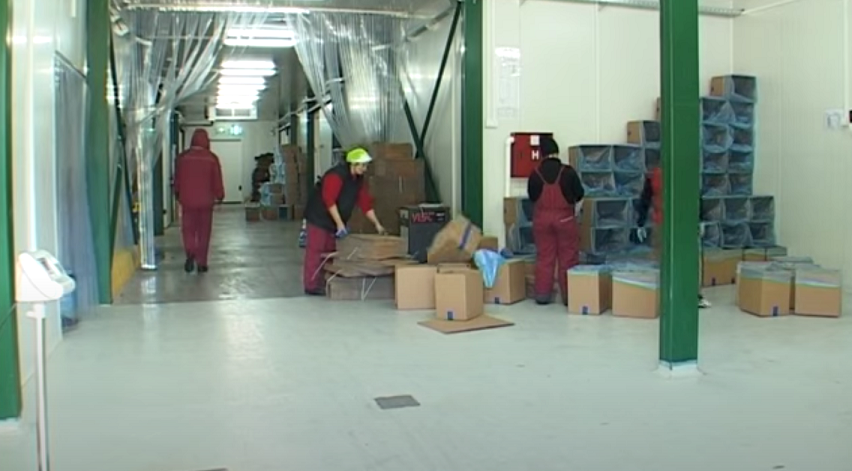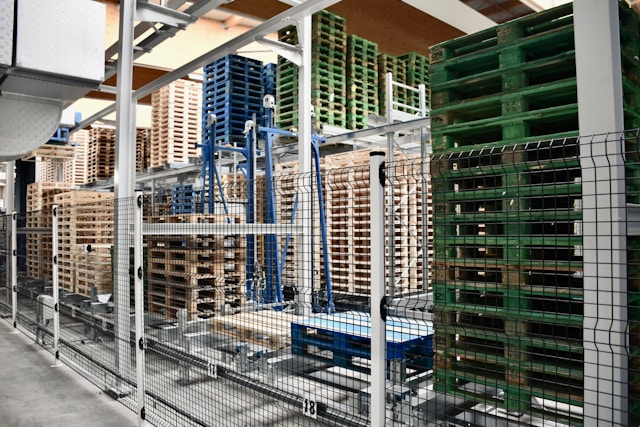Preserving the health of the fruits requires careful care, both in the orchard and when they are stored. It often happens that fruit growers, especially those with less experience, are unpleasantly surprised when, a few weeks after harvesting, they discover rotten fruits in the warehouse. Although the fruits looked healthy when they were brought in, lack of attention during harvesting, transportation and storage can lead to fruit deterioration. The key problem lies in inadequate procedures during vegetation, harvesting and storage.
What must a warehouse have?
One of the main causes of fruit spoilage is insufficient attention paid to the degree of fruit maturity during harvesting. Overripe fruit is more susceptible to spoilage, especially during storage. According to Branko Tanasković, M.Sc., an expert in fruit growing, firmer fruits, which are harvested before full maturity, have a lower tendency to mechanical injuries and are easier to transport. Such fruits are more resistant to diseases and pathogens that may appear during storage. It is important to avoid damage to the skin of fruits, because damaged fruits become susceptible to infections and should be immediately separated from healthy fruits.
Hygiene is also a key factor in preserving fruit quality. All containers for harvesting and storage must be clean, without remnants of previously stored fruit or other damage. Crates and packaging must not have deformities that could injure the fruits. In addition, warehouses must be clean, washed and disinfected. Chlorine or sodium-o-phenylphenate in a concentration of 0.3 to 0.5% is often used for disinfection. Keeping the warehouse clean helps reduce the risk of developing pathogenic organisms.

More information useful for fruit growers
A quality warehouse must have the ability to control the atmosphere, especially temperature, humidity and oxygen content, in order to reduce fruit respiration and increase disease resistance. Proper management of storage conditions can significantly reduce the occurrence of diseases such as brown rot, bitter apple rot, gray and green mold. These diseases can quickly destroy the fruits if the storage is not adequately prepared.
Infections that develop on fruit not only pose a risk to human health, but also lead to significant economic losses. Pathogenic organisms can penetrate fruits through damage or lenticels, and this is especially problematic in fruits that are overripe or exposed to stress, such as burns, hail or excessive watering during drought. Mycotoxins, which arise as a result of these infections, can also be transferred to fruit products, such as juices, jams and other products, which further increases the risk to health and the economy.

In order to reduce the risk of spoilage, it is necessary to quickly enter the harvested fruit into chilled warehouses. This prevents the further development of pathogens and extends the shelf life of fruits, which is key to successfully preserving fruit quality and reducing losses.
Source: Good morning
Source: boljazemlja.com


